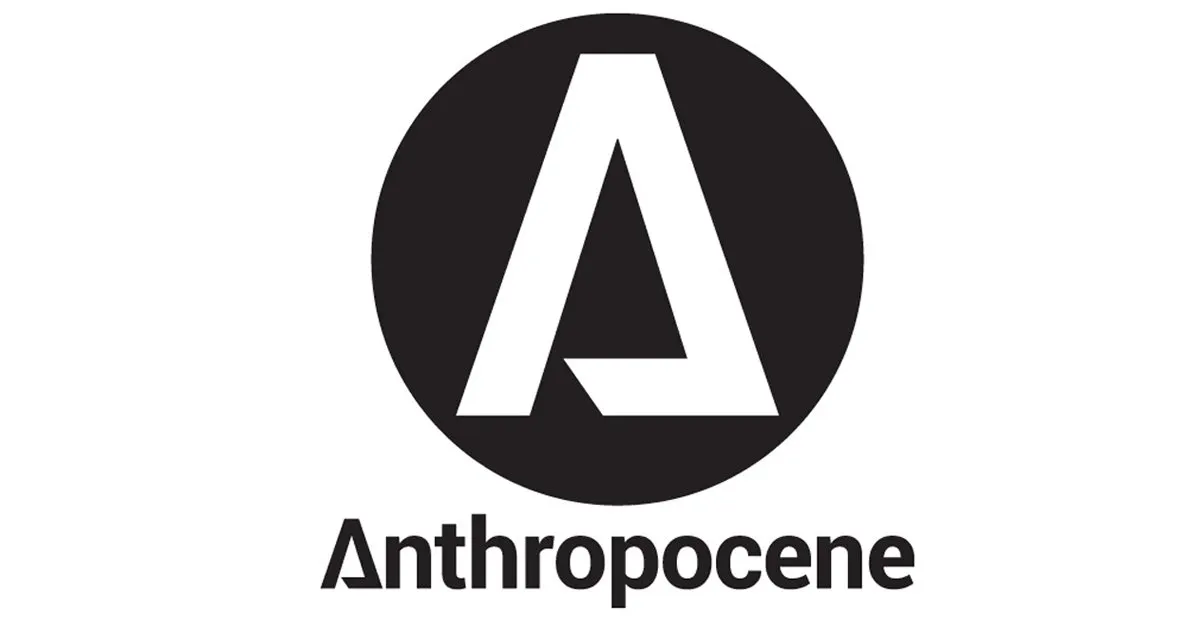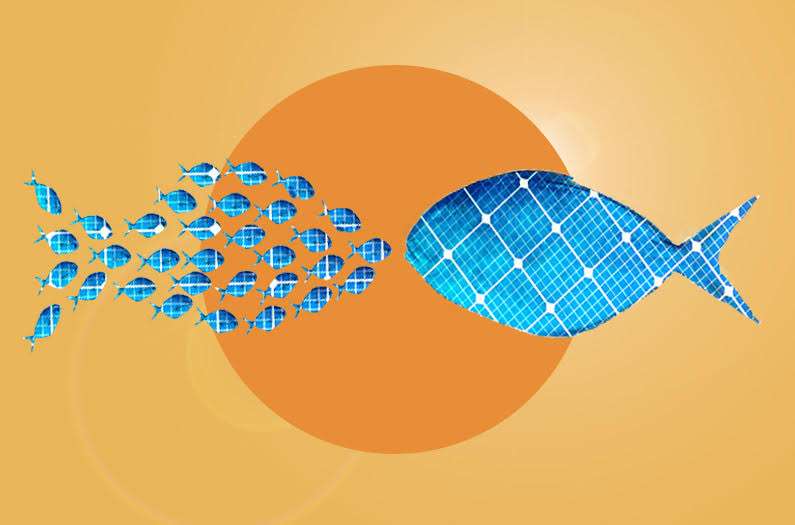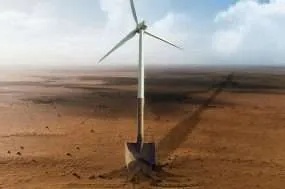In the 20th century, there were fewer energy choices. Almost everyone generated their own heating at home, from coal, oil or natural gas, and virtually nobody produced their own electricity. As we transition to a low-carbon, all-electric world, we can now tap into a solar farm in a different state, or install panels on our own homes. All solar projects reduce our reliance on fossil fuels, but with each choice comes complexity.
It might be cheaper for you to go it alone, but that can have unseen effects on your neighbors, and on your carbon footprint. The electric grid is a social asset as much as it is technological infrastructure. Like health insurance, the grid is a construct of co-dependence where every generator (or every patient) and every consumer plays their part. If wealthy rooftop solar owners (or healthy people) defect, it leaves more vulnerable people holding the bag.
All of which raises the important question: should society be prioritizing industrial-scale solar projects, or a multitude of small rooftop systems?
• • •
The Bigger, The Better
1. Cost and scale are everything. In the race to decarbonize the world, the cheapest technologies have to be our top priority for investment and incentives. According to this detailed apples-to-apples comparison in the UK from 2023, electricity from large-scale photovoltaic (PV) farms costs about a third of that from domestic systems. And while the cost of all types of solar installation continue to drop, utility systems are getting cheaper, faster than home set-ups.
Source: Mandys, F et al. 2023, Patterns
2. Stability matters. The grid was designed for a few big power plants, not everyone chipping in as and when they want. Researchers at the University of Nottingham used data from smart meters in the UK to model the effect of PV panels on the grid’s ability to maintain a strong and steady supply. They found that a high uptake of domestic solar panels can leave the grid more susceptible to failure. To make a distributed grid more resilient to this variability (as well as extreme weather events) will require expensive upgrades.
3. Money floats up. The benefits of big, cheap solar projects accrue to everyone on the grid, but domestic systems typically only help those under the same roof. Researchers at the University of California have developed a series of equity metrics to quantify the risks and benefits of low energy transitions. They note that only 3% of domestic solar systems are found on renter-occupied homes, and that Black-majority census tracts installed around 70% less rooftop PV than non-majority tracts. Historically, the bottom 50% of US tax filers received only 10% of all renewable energy credits, while the top 5% received approximately 20% of all credits available. And as more rich people migrate to self-reliant solar systems with battery back-ups, that could have a knock-on effect for their poorer neighbors, fears Matthew Wald, writing for The Breakthrough Institute: “People who can afford a private back-up will pay for that, and the impetus to strengthen the common system declines.”
• • •
Small Is Still Beautiful
1. No, carbon is everything. Rooftop solar is more efficient where it really counts—carbon. Because domestic solar panels bolt on to existing roofs, they don’t need the racks and other infrastructure used by ground-mounted utility systems. Nor do they suffer transmission losses moving electricity over long distances. Overall, that equates to as little as half the emissions of the bigger systems for every watt generated, according to researchers at the University of Western Ontario, and even less if consumers choose the best components. (To be clear, even the least efficient solar farm is responsible for far lower emissions than a coal- or gas power plant).
2. Everyone loves solar (they can’t see). Over 10 million Americans live within five kilometers of a utility-scale solar project. Last year, researchers at the University of Berkeley carried out the first national survey of these households. The smallest projects (under 2 megawatts) had five times as many positive comments as negative. But as solar farms grow, that balance reverses. Those living near to the largest solar arrays (100 megawatts or more) were 12 times more likely to express negative attitudes than positive ones. These attitudes can easily translate to political action—at least 15% of counties in the US have effectively halted new utility-scale solar, wind, or both, according to an analysis by USA Today in February.
3. Solar power can be contagious. On a neighborhood scale, solar panels spread like salmonella at a block party. Solar contagion is the observation that installing a few panels has a noticeable effect on driving adoption nearby. Every panel installed means that utilities need to generate and transmit less power, and this in turn helps the low-carbon transition even in places that remain focused on fossil fuels. Increased uptake then pushes prices down further, creating a virtuous feedback loop across the photovoltaic industry.
• • •
What To Keep An Eye On
1. The biggest of the big. The world’s biggest solar facility is currently the Bhadla Solar Park in the Thar desert of Rajasthan, India. It covers 56 square kilometers and has a capacity of 2.2 gigawatts, the same as a couple of typical nuclear power stations. Larger and more powerful solar farms are being planned, none more ambitious than the 20 gigawatt orbiting solar space stations envisioned by start-up Virtus Solis. But don’t get too excited. Read this sobering analysis in IEEE Spectrum to find out why such concepts are likely to remain strictly science fiction for the foreseeable future.
2. The smallest of the small. There’s plenty of room at the bottom for solar powered gadgets. Ultra-thin flexible and transparent cells are coming soon, enabling solar-powered clothing and windows. Further down the road to commercialization are new materials that should enable a host of low-power gadgets (think remote controls and thermostats) to draw all the power they need from ambient and indoor lighting, even LEDs, and never need a battery change.
3. A short supply of rooftops? It might sound like a distant risk, but the scale of the energy transition is so immense that even if PV panels were installed on every suitable US rooftop, it would only account for 40% of the nation’s energy needs. Despite hand-wringing about sprawling solar farms replacing actual agriculture, the situation there is much less serious. A mere 1% of US farmland could provide up to 20% of the country’s electricity, and that’s before considering the many benefits of agrivoltaics, which combine power generation with crops or pasture, potentially boosting food production. Another win-win could be topping irrigation canals with solar panels, saving millions of cubic meters of fresh water and enabling farmers to phase out dirty old diesel water pumps.










